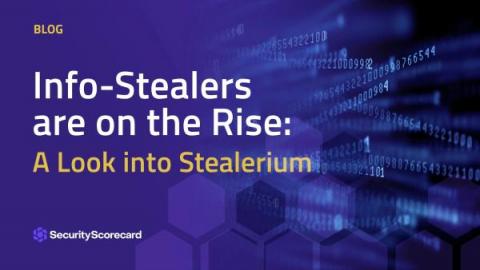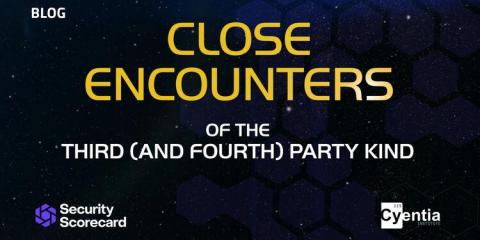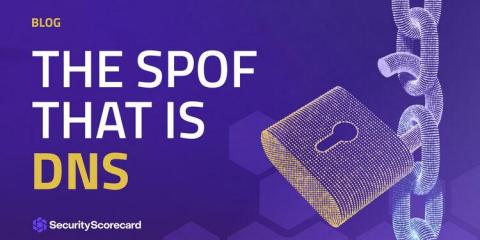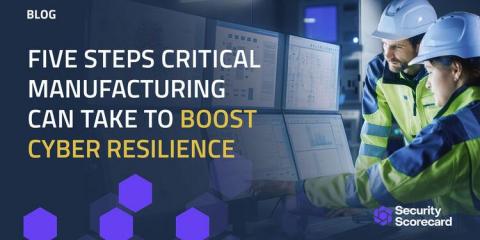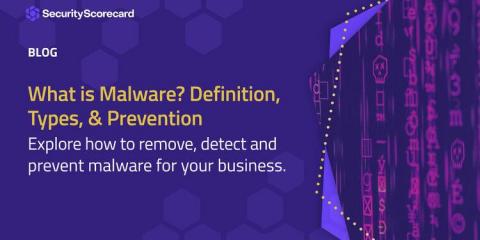Info-Stealers Are on the Rise: A Look into Stealerium
Info-stealers are malicious software designed to extract sensitive information, such as passwords, from victim systems. Info-stealers have become one of the most discussed malware types in cybercriminal underground forums. Let’s see how info-stealers have evolved recently to become the threat that they are. Then, we’ll look at a specific stealer freely available as open-source that could be used in future attacks.


